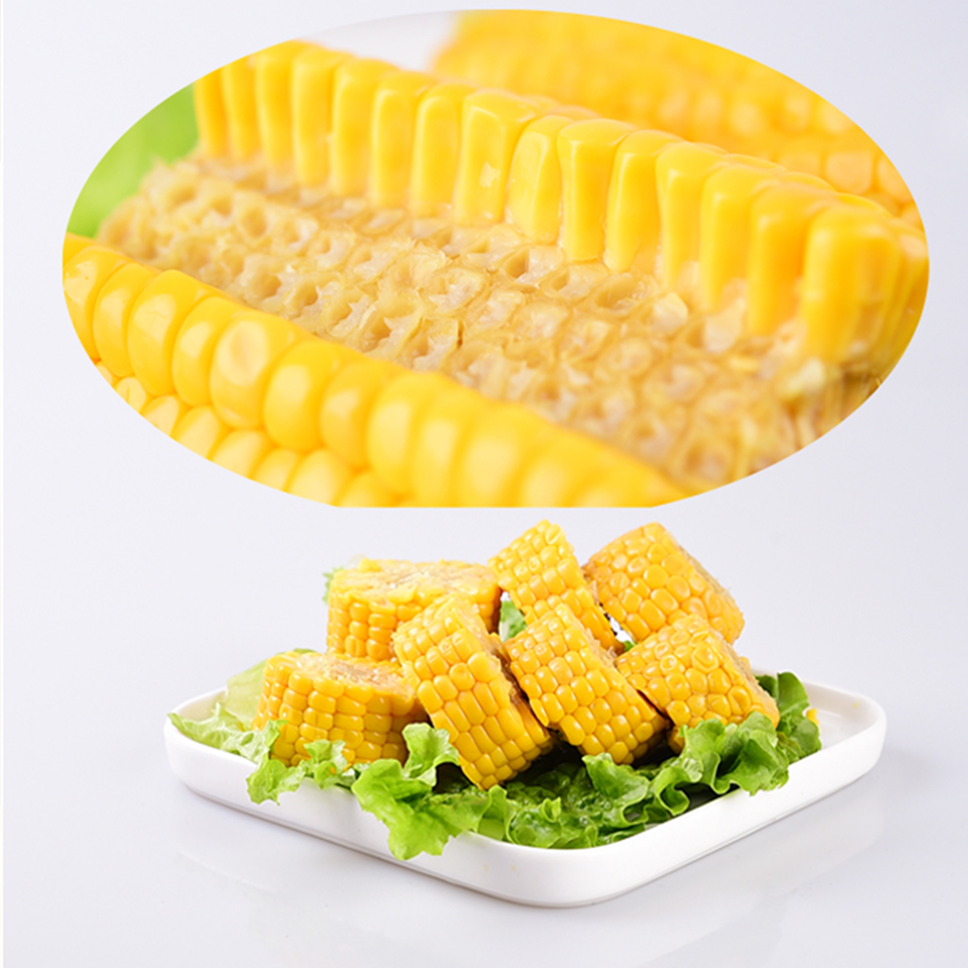Microbial products for aquatic use are generally divided into two types according to the form: one is a solid microecological preparation; the other is a liquid microecological preparation. Use methods include: fry bath, feed mixing, Quanchiposa.
Fry bathing: The pre-stocking seedlings are bathed for 1 minute in a liquid probiotic preparation diluted 1000-2000 times, and then stocked.
Bait feed: 1-2 liters of liquid probiotics per ton of bait. Dry material: Diluted the micro ecological preparation 200 times and evenly sprayed it. Spray the wetted surface of the bait and spray it afterwards. Wet material: Mix the broth diluted 200 times directly, mix well and feed.
Quanchiposa: Use 1 liter of liquid microecological preparation or 1 kg of solid bottom sediment net microecological preparation for each 3-5 mu of water surface (1 meter water depth). The liquid microecological preparation should be splashed once every 10 days after proper dilution. The bottom of the pond is used once every 1-2 months. In case of deterioration of water quality or higher density of cultivation, the number and amount of splashes can be increased.
Precautions for the use of microecological agents:
The use of probiotics should be separated from the use of fungicides by more than 2-3 days.
Before use, the liquid micro-ecological preparations should be shaken, stored in a cool and dark place, and should be stopped in case of deterioration.
If icing occurs in microecological preparations, it should be thawed under natural conditions, and must not be thawed by artificial heating such as cooking.
Tangtang net solid preparations should be used after fish ingestion to prevent fish catching food.
Quanchiposa should be used when water temperature and fertilizer are suitable to achieve the best results.
Unopened microecological preparations should be sealed and stored after opening.
Sweet corn. The light green outer leaves of sweet corn are yellow grains, but also purple and yellow. The grains are small and round, the skin is thin and soft, tender, sweet and delicious.Contains carotene, zeaxanthin, with the effect of eye protection.
Sweet corn is most often boiled into soups. It is a favorite soup for children and adults, whether it is made into a clear corn soup with ribs or pureed with cream.
Corn is also a good choice for consumption during weight loss because of its high available energy. The metabolic energy of corn is 14.06 MJ/kg, with the highest being 15.06 MJ/kg, the highest of the cereal feeds. This is mainly due to the fact that there is very little crude fibre in corn, only 2%, while the nitrogen-free leachate is up to 72% and the digestibility is up to 90%; on the one hand, corn has a high crude fat content, between 3.5% and 4.5%.
So how do you cook a sweet corn?
1. Leave the leaves
If you strip the leaves off, the corn will lose nutrients and flavor when it cooks, so it's best to leave two thin leaves to make it easier to cook and have a nice aroma.
2. Soak
Soak the corn in cold water for 20 to 30 minutes before boiling, then boil it on high heat to give it a bit more chew.
3. Add salt
When the water is boiling, add a little salt to amplify the sweetness of the corn.


Corn Cob,Fresh Corn Cob,Ready Sweet Corn,Single Packed Sweet Corn Cob
Jilin Province Argricultural Sister-in-law Food Co., Ltd. , https://www.nongsaocorn.com